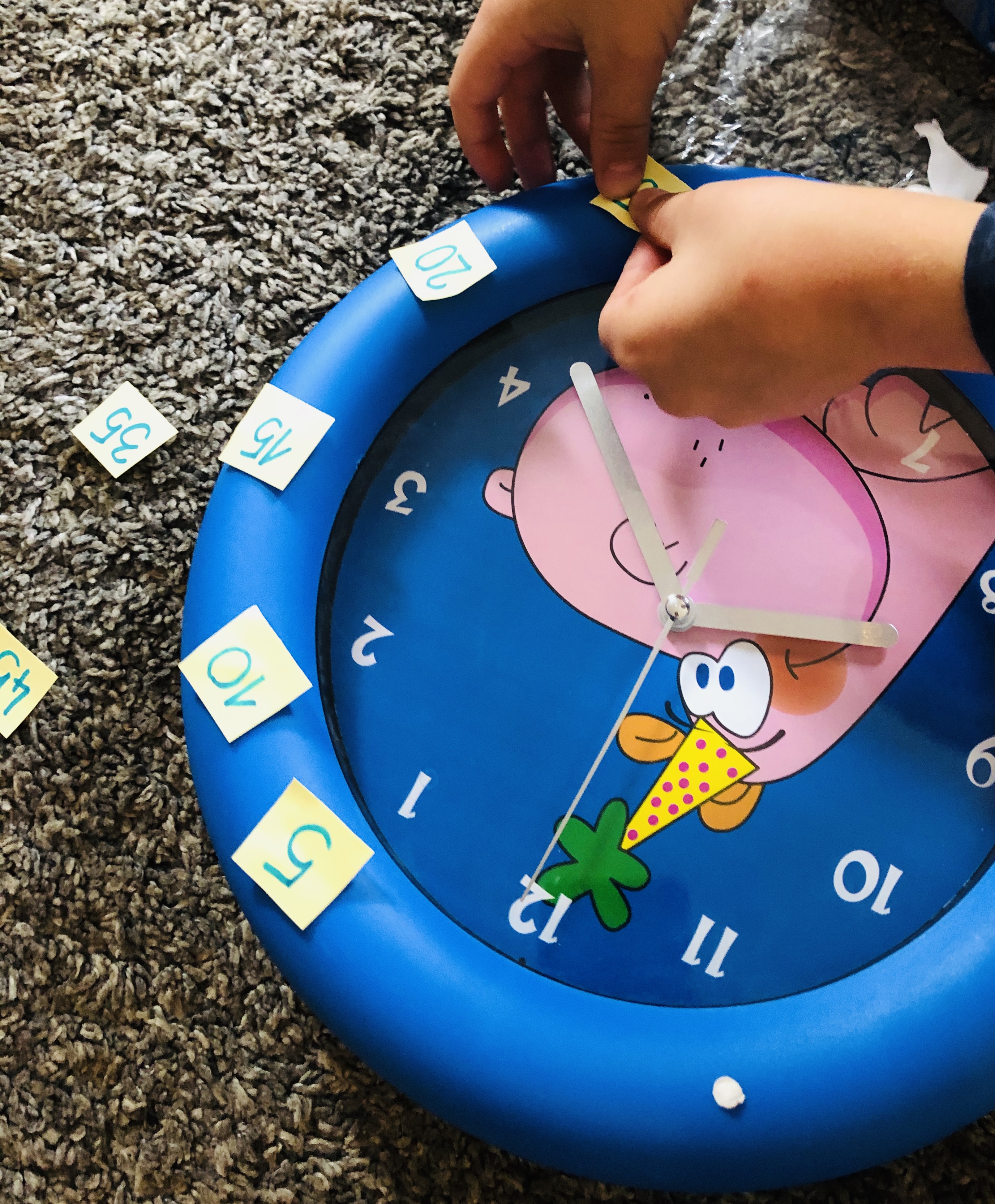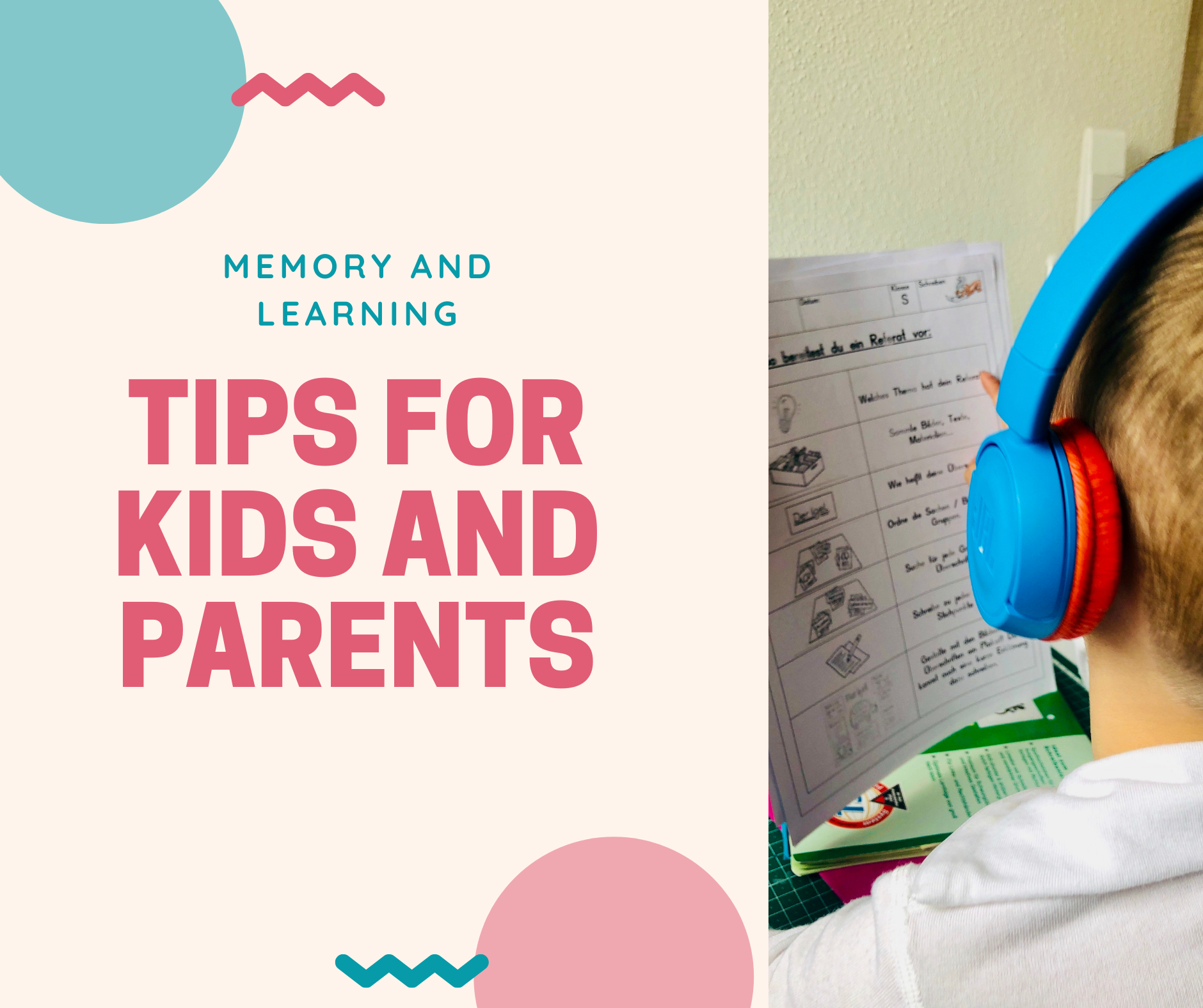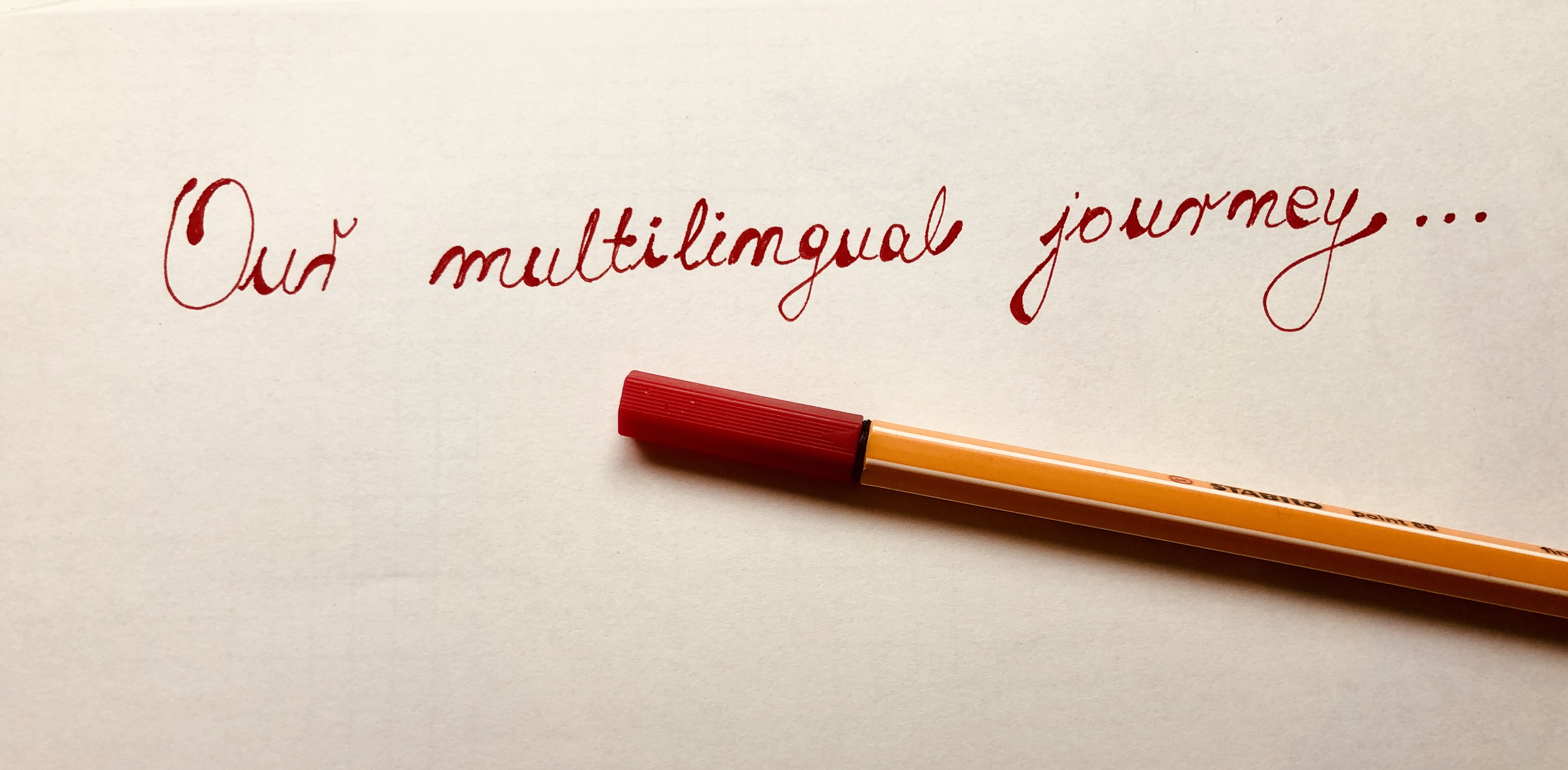Clock-Reading Skills in Young Children

"Hold on a second!" "I'll be there in five minutes." "Yes, I'll help you with that Lego truck in two minutes." These words mean nothing to young children. Except for the Lego truck. Why? Because time is a complex concept for children to grasp. It is very abstract, and abstract thinking develops later in childhood.
Learning some of these interesting facts about time and clocks is also pretty tricky, but you might give it a try:
- The oldest working clock is the faceless clock dating from 1386, or possibly earlier, at Salisbury Cathedral, Wiltshire, UK.
- Around 3,500 BCE (a long, long time ago), the Egyptians used the shadows the giant stone obelisks cast on the ground to tell the time of day. And they were either the first or one of the first ancient civilisations to divide a day into sections.
For young children, time concepts begin to form around events like washing their hands before lunch or reading a story after a nap. To gain a clearer understanding of temporal ideas, they need to have lots of meaningful experiences with time in a personal sense.
So, how do children learn to tell time?
Like everything else - step by step. Before they can run, children have to walk. Similarly, before they can tell time, they have to acquire specific skill sets in different areas. Some of these areas are (1):
- Mathematics.
- First, children have to develop a number sense and the ability to count (to 60).
- They also need a basic understanding of fractions to appreciate the division of the clock face into halves and quarters.
- Language.
- Time-telling requires speech planning and the development of a time-specific vocabulary (hours, minutes..)
- Cognition.
- Children need to develop a sense for the duration of an hour, a minute and seconds. They also have to learn how these durations relate to each other.
As you can see, children's ability to comprehend time does not develop as an isolated competency, but relies on a list of emerging skills including literacy, numeracy, and memory.
So, what can parents do before asking their children the actual "What's the time" question?
Start with basic concepts of time. We have breakfast in the morning. We read books in the afternoon. Your birthday is in summer. You don't have to go to kindergarten this week because it's autumn break.
Then, around the pre-school age, children start to understand the idea of before and after. "Wash your hands before lunch." "We can go outside after you finish your snack."
Teach them to count to 60. And, when they feel confident enough, level up with counting by fives.

Around the ages of 5-6, children should be able to read the hour markers on an analogue clock and draw the corresponding times as well.
In second grade, (7-8 years of age) readings of the hour and half-hour markers are nearly correct in all children.
Third-graders should be able to tell time in five-minute increments.
And finally, most children are able to read both digital and analogue clocks at the age of 8 to 10.
Interestingly, Chinese children acquire clock-reading knowledge - for analogue and digital clocks - two years earlier than their Flemish peers (2). Similarly, little Americans are also two years behind Chinese children in solving complex time, speed and distance-related problems. These differences arise from primary curriculums that (under)estimate what children are capable of.
To practise clock-reading, make a model clock together. Like this one.

So, take your time, play and have fun with clocks :)
(1) Burny, E., Valcke, M. & Desoete, A. (2009). Towards an agenda for studying learning and instruction focusing on time-related competences in children. Educational Studies, 35(5), 481–492. doi:10.1080/03055690902879093.
(2) Burny, E., Valcke, M., Desoete, A. et al. (2013). CURRICULUM SEQUENCING AND THE ACQUISITION OF CLOCK-READING SKILLS AMONG CHINESE AND FLEMISH CHILDREN. Int J of Sci and Math Educ 11, 761–785. https://doi.org/10.1007/s10763-012-9362-z
(3) Zhou, Z., S.T. Peverly and C. Lin. 2004. Cross- and within- cultural variations in children's understanding of distance, time and speed interrelationships: a follow-up study. Journal of Genetic Psychology. 165: 5-27.

